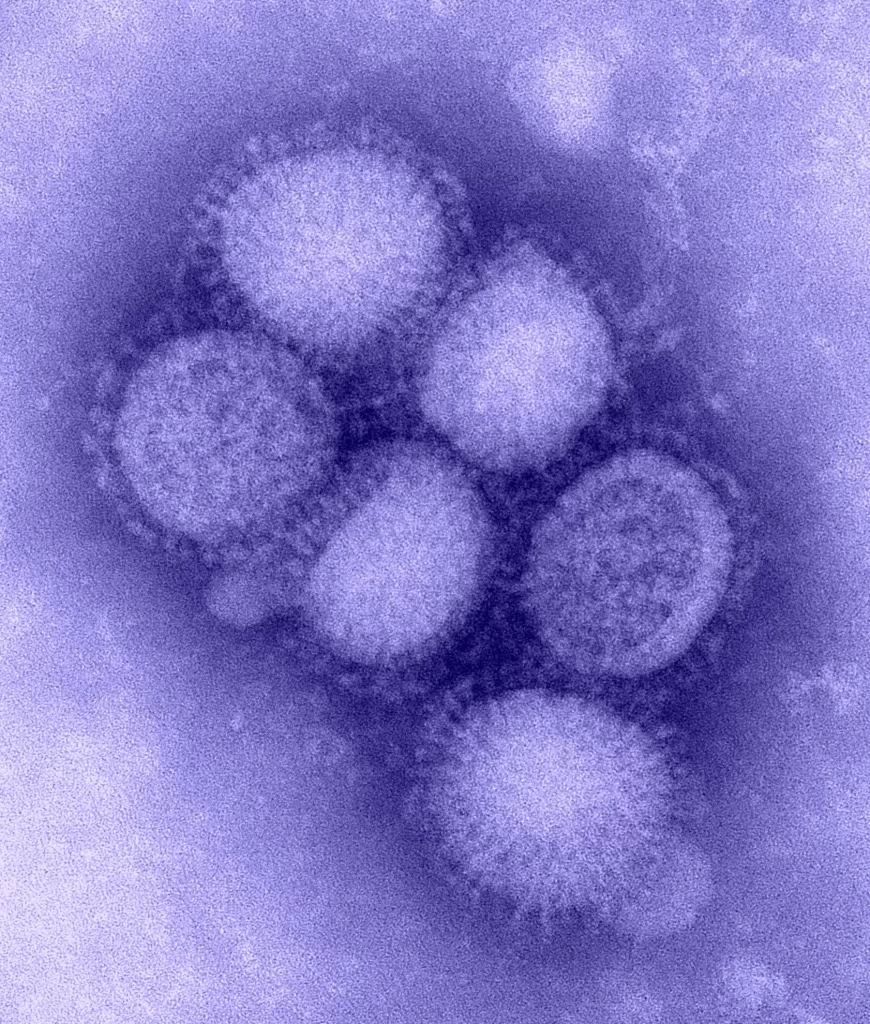
Influenza A is a virus responsible for multiple pandemics over the last centuries, the respiratory disease has claimed millions of lives over the course of human history. Though other pandemics may come to mind in recent years, flu season is just starting up again now as the weather gets chillier. While we can fight back the virus on a yearly basis, more understanding is requited for a long-term victory. A team has been researching into the NS1 protein of the virus, the part responsible for downregulating the antiviral response of host cells to facilitate viral replication. They believe their work has revealed information on the vital role of 14-3-3γ in influenza A virus replication, where the isoform was found to interact with the protein.
Truncated N-Terminus interacts with 14-3-3γ
The group preformed much work such through immunoprecipitation to show the interactions between 14-3-3γ and the influenza A encoded NS1 protein. Some of their most compelling finds was the inhibition of 14-3-3γ expression in the host cells greatly reduced replication of the PR8 wild-type virus, but had no such effect on the R8-NS1/1-98 mutant virus, which lacks most of the effector domain of NS1. LifeTein was able to provide the group with anti β-tubulin antibodies, which assisted in their immunoprecipitation methods.
The team insists that the evidence points directly towards the vital role of 14-3-3γ in influenza A virus replication thanks to the NS1 protein. While they are still unclear on the precise mechanisms of these interactions, they are certain the findings have laid out the groundwork for future pivotal studies involving influenza A and the role of 14-3-3γ in infection.
Kuo, R.-L.; Tam, E.-H.; Woung, C.-H.; Hung, C.-M.; Liu, H.-P.; Liu, H.M.; Wu, C.-C. Interactome Profiling of N-Terminus-Truncated NS1 Protein of Influenza A Virus Reveals Role of 14-3-3γ in Virus Replication. Pathogens 2022, 11, 733. https://doi.org/10.3390/pathogens11070733